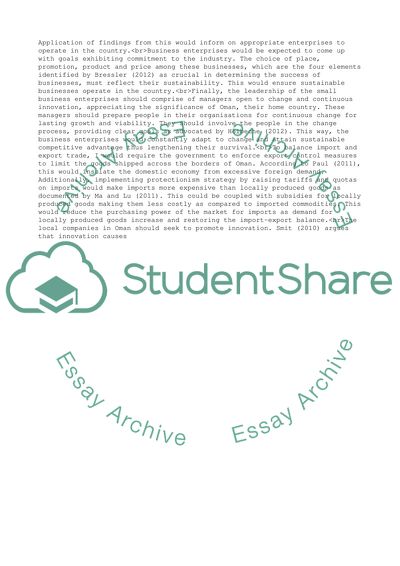Cite this document
(Making Sense of Strategy II Essay Example | Topics and Well Written Essays - 1500 words, n.d.)
Making Sense of Strategy II Essay Example | Topics and Well Written Essays - 1500 words. https://studentshare.org/management/1872361-making-sense-of-strategy-ii
Making Sense of Strategy II Essay Example | Topics and Well Written Essays - 1500 words. https://studentshare.org/management/1872361-making-sense-of-strategy-ii
(Making Sense of Strategy II Essay Example | Topics and Well Written Essays - 1500 Words)
Making Sense of Strategy II Essay Example | Topics and Well Written Essays - 1500 Words. https://studentshare.org/management/1872361-making-sense-of-strategy-ii.
Making Sense of Strategy II Essay Example | Topics and Well Written Essays - 1500 Words. https://studentshare.org/management/1872361-making-sense-of-strategy-ii.
“Making Sense of Strategy II Essay Example | Topics and Well Written Essays - 1500 Words”. https://studentshare.org/management/1872361-making-sense-of-strategy-ii.


